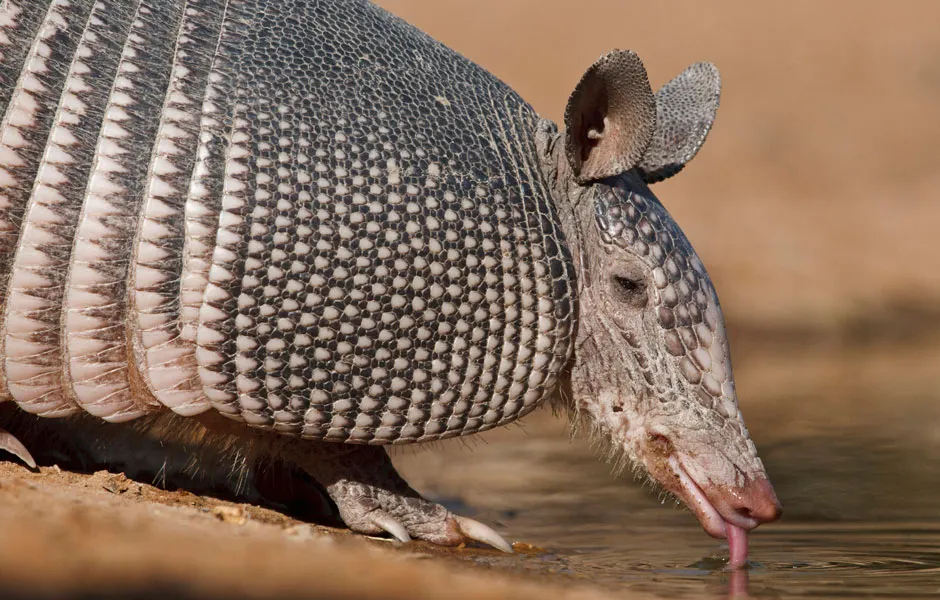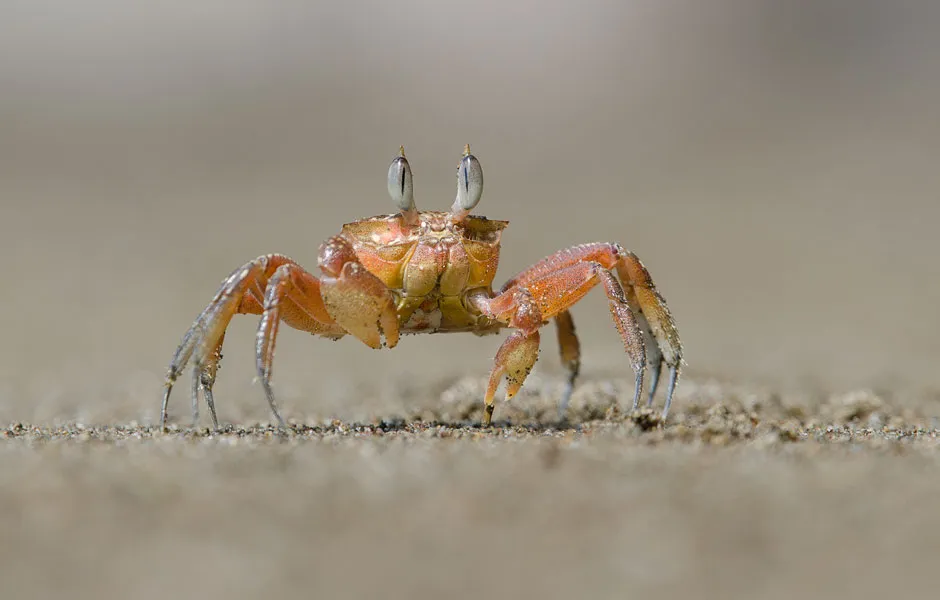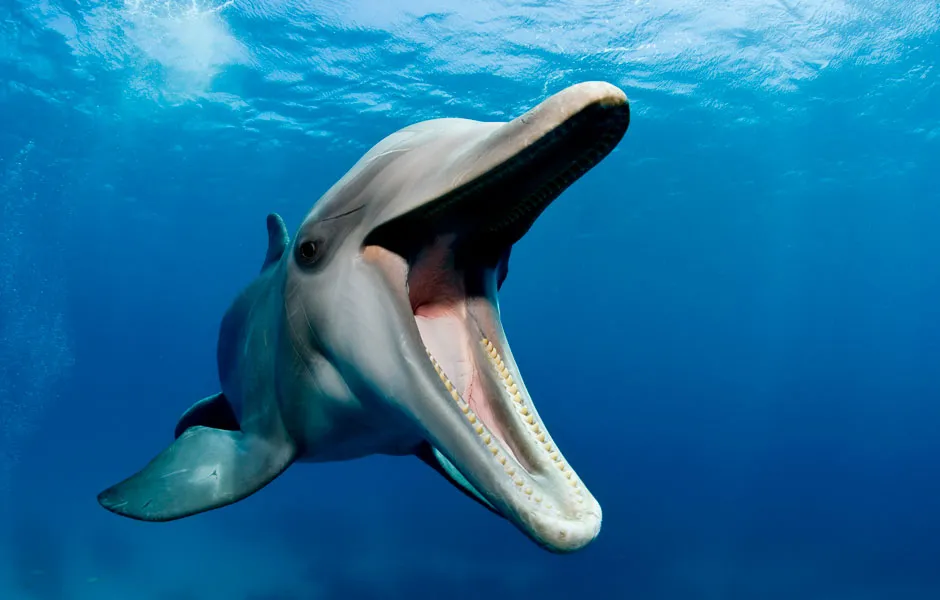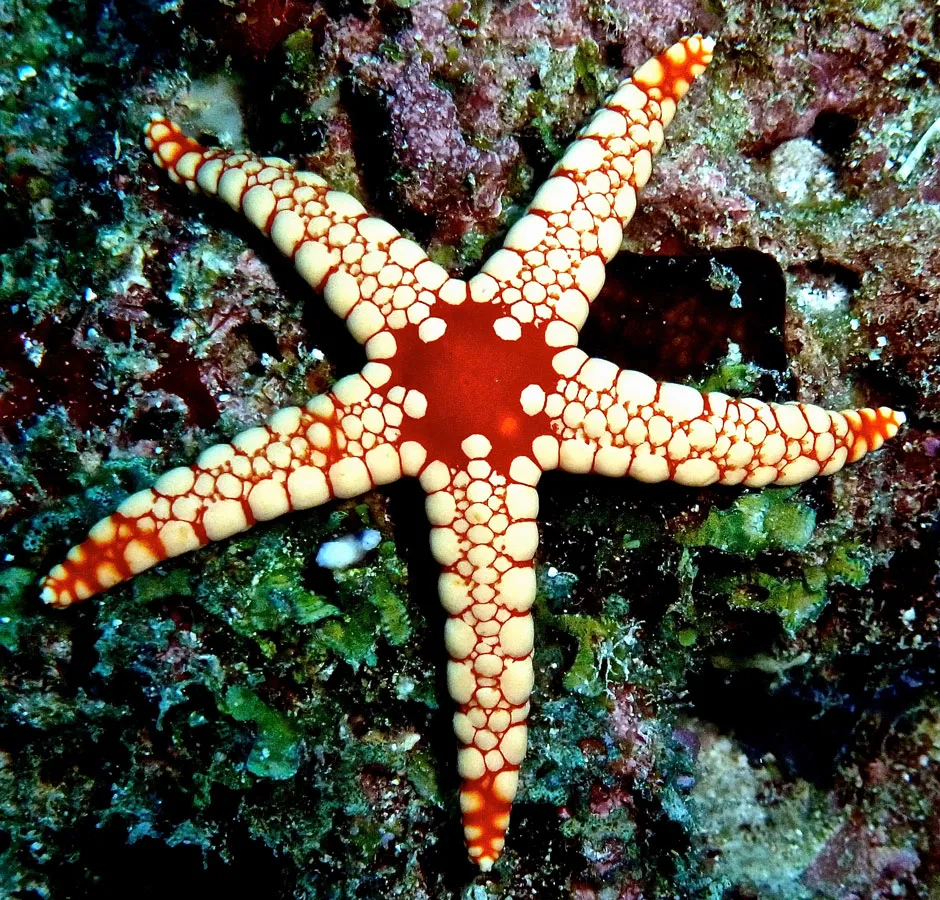Although the Universe is full of unexpected surprises – planets with seas of petrol, planets with diamonds raining from the sky – life isn’t completely unbounded. Life follows rules. If you know what those rules are, you’re going to know at least something about what extraterrestrial life is like.
The most important rule is that life arises by natural selection. Life adapts to its environment. Complex aliens will have evolved from simple aliens, to solve the problems on their planet. Problems like finding food, avoiding becoming someone else’s food, and reproducing.
These Earthly problems are also problems that need to be solved on alien worlds. And when we look at how Earth animals solve them, we can see how aliens might do it too.
- Think you could draw your own alien using the below information as inspiration? Send it to us! Comedian, science presenter and author Dara Ó Briain will pick his favourite from the entries, with the winner receiving a bundle of his science books. Find out exactly how to enter here.
What will alien lives be like?

The trick is to think about how aliens live. What do they really need? The first thing is to eat. All life needs energy, and energy comes mostly from two places, from sunlight (or maybe other kinds of heat), and from other creatures.
Plants eat sunlight, but animals eat other animals and plants. Aliens will have predators, and they will have prey. Predators will need to be like predators on Earth: fast or stealthy – their prey won’t want to be eaten!
Prey will need to defend themselves: by camouflage or by armour? And maybe, like on Earth, some creatures will solve their problems in a special way: by grouping together. Wolves hunt in a pack, and zebras stay in a herd to keep safe from lions. Some aliens will be solitary, but some will also be social.
How will they move?

Of course, if someone is going to eat you, you’d better move. And they’d better move to catch you. Not all creatures must move (plants don’t, for instance), but some inevitably will.
How can you move? You can move through a liquid or gas, like fish and birds. Or you can move on a solid surface (like crabs and dogs). Maybe you can move through solid earth – but that’s not easy. If you’re moving on a solid surface, there’s so much friction, you need to lift yourself up a little bit. That’s either with legs, or with slime, like a slug uses. Legs are incredibly useful, and are bound to be found on lots of other planets.
If you move through a gas or liquid, you have some more options. But wings/fins are a good choice, and jet propulsion (like a squid) might also work as well.
How will they sense things?

If you’re looking for food (and all life is), you need to sense the world. Even plants grow towards sunlight. The ways that life sense its environment on Earth pretty much sum up almost all the ways that it can be done. Light and sound, of course, but also smell (sensing the presence of chemicals), and also in quite a few species, sensing electrical fields. Even a few use magnetic fields to find their way around.
Read more about senses
Light and sound are particularly good ways to sense the world: they’re fast, detailed, and easy to detect. But both light and sound have disadvantages. In an underground ocean, there may not be any light at all. And sound doesn’t travel well in a thin atmosphere like on Mars.
It’s the physical constraints of a planet that determine which sense will work best, but one or both of sound and light are likely to be important.
Will they be symmetrical?

Life on Earth began on the seafloor, and so our ancestors crawled. Aliens that evolved on a floor will crawl too. But if you crawl, you probably have a front and a back – and that means you have a left and a right side too.
Symmetrical animals move so much faster than non-symmetrical ones, they have a real advantage. That doesn’t mean that circular (or even triangular) aliens are impossible. But think about how they evolved: why did they get an advantage by being circular or triangular? Maybe circular creatures could evolve in a bottomless ocean, where there’s no advantage to crawling.
If you do have simple left-right symmetry like us, you’ll likely have an even number of legs too: the same number on the left and on the right. But if that symmetry doesn’t exist, you could have almost any number of legs – starfish have thousands!
So, what will aliens actually be like?
The rules of nature are real rules. We can use the rules of biology to predict alien life, just like we can use the rules of physics to predict the amount of gravity. Science fiction has distorted our impression of what aliens must be like, appealing to our fears, or our hopes, or just for entertainment value.
But we are explorers in the Universe. We don’t want to be completely surprised by what we find, and we are lucky enough to be equipped with a good understanding of how life exists, and how it becomes more and more diverse and more complex. And if we do find that aliens have that much in common with life on Earth, then that makes this a very special place, even if not a unique one.
Read more about alien life
- Dr Douglas Vakoch on sending messages into space for aliens
- What are the odds that aliens are humanoid?
- Could alien life breathe a gas other than oxygen?
Dr Arik Kershenbaum is a zoologist at the University of Cambridge and is on the board of advisors for METI.org, a think tank on the topic of messaging extraterrestrial intelligence. He is the author of The Zoologist’s Guide To The Galaxy (£18.99, Viking), which is out now.
- Buy now from Amazon UK, Foyles, Waterstones and WHSmith